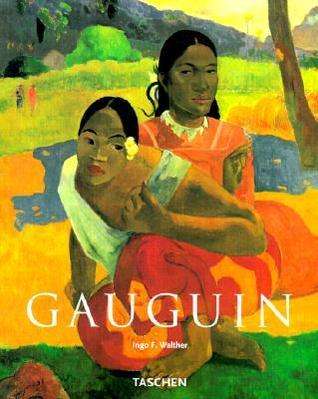
Paul Gauguin 1848-1903: The Primitive Sophisticate (Taschen - Basic Art Series)
Check my rate
| Main centres: | 1-3 business days |
| Regional areas: | 3-4 business days |
| Remote areas: | 3-5 business days |

| Main centres: | 1-3 business days |
| Regional areas: | 3-4 business days |
| Remote areas: | 3-5 business days |
Published by TASCHEN, 1999, softcover, illustrated, 96 pages, condition: new.
A Frenchman in Tahiti After starting a career as a bank broker, Paul Gauguin (born 1848) turned to painting only at age twenty-five. After initial successes within the Impressionist circle, he broke with Vincent van Gogh and subsequently, when private difficulties caused him to become restless, embarked on a peripatetic life, wandering first through Europe and finally, in the search for pristine originality and unadulterated nature, to Tahiti. The paintings created from this time to his death in 1903 brought him posthumous fame. In pictures devoid of any attempt at romantically disguising the life style of the primitive island peoples, Gauguin was able to convey the magical effect that both the landscapes and life of the nativestheir body language, charm and beautyhad on him. Wearying of his reputation as a South Sea painter, Gauguin finally determined to return to France, but died on the Marquis Islands before his departure.
Gauguin first trip to Tahiti (the source of his most famous pictures) was in 1891-1893. He returned to Tahiti in 1895 after a disastrous interlude in Paris, during which he further broke relations with his wife, Mette, found his work mocked, abandoned by friends -- and during which he also contracted the syphilis that ultimately killed him (1903). It is on his return, however, that his most achingly beautiful work was produced.... and this is something I had never understood. In view of my earlier comments (below), consider this picture of his mistress and newborn son (his 7th). Both mother and child are crowned with a halo. the woman holding the child is supposed to be a nurse -- but she resembles the famous death head of an earlier portrait...., only facing left this time, instead of right.
Each book in TASCHEN's Basic Art series features:
a detailed chronological summary of the life and oeuvre of the artist, covering his or her cultural and historical importance a concise biography approximately 100 illustrations with explanatory captions.